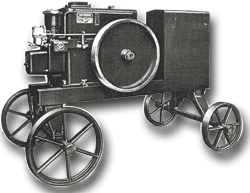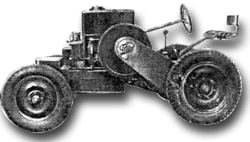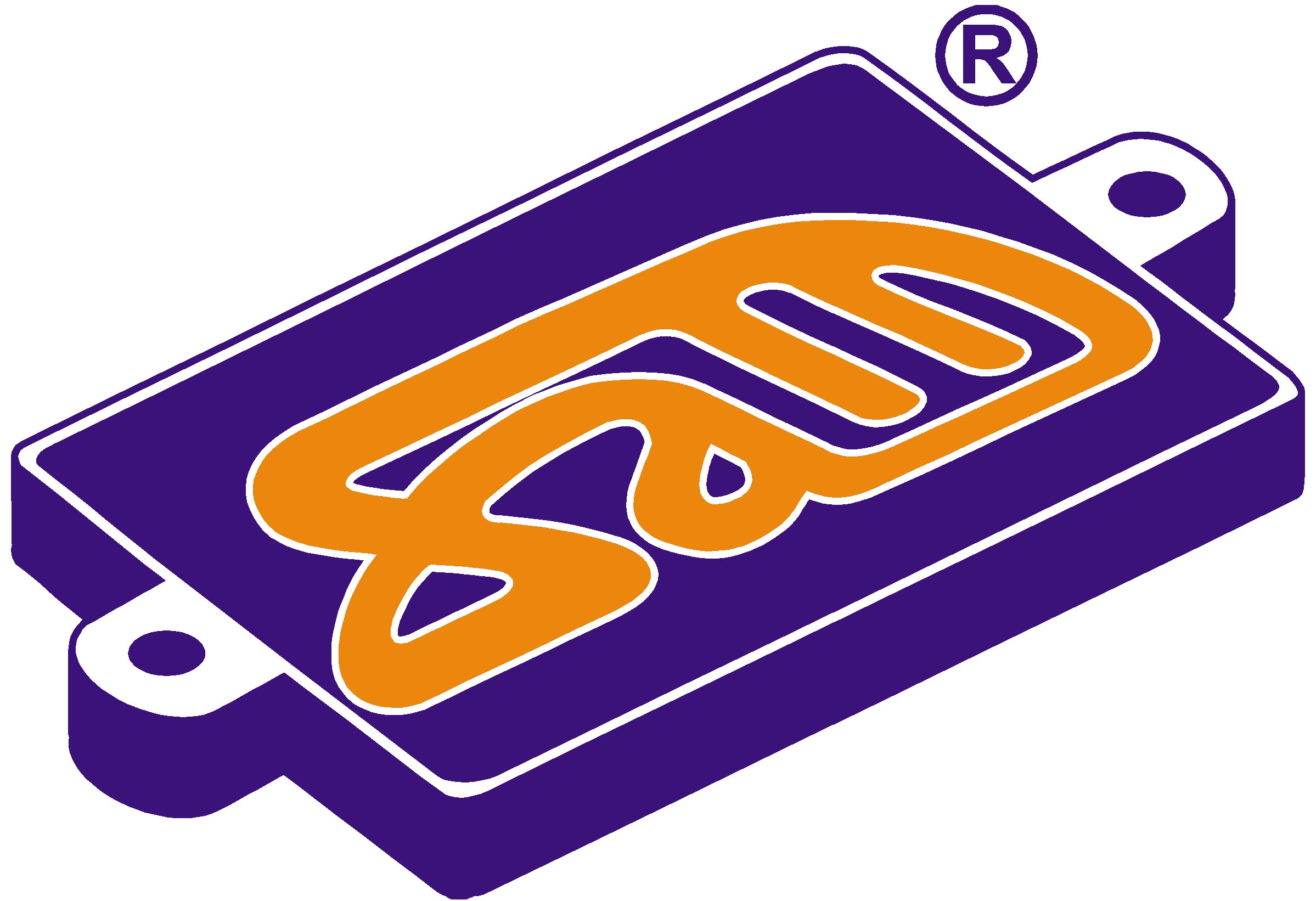History of metallurgy in the region of Ždírec nad Doubravou – Nové Ransko
The village of Ransko is first mentioned in the 11th century. The first information about an iron mill in Staré Ransko owned by Jakub and his cousin Petr was recorded in 1480. A few centuries later, in mid-17th century (1636), the furnace in Ransko was no longer owned by millers but was granted to them as a hereditary lease.
Since 1669 the hammer mills was owned by Ferdinand of Dietrichstein, about a year later a new charcoal furnace was built and raw iron was refined in the local iron mill. Between the years 1690 and 1740 the production of raw and pig iron marked a constant growth.
There were 17 fineries and hammer mills and two blast furnaces in Ransko in 1846 with a third one erected in 1847. Cupola furnaces were introduced in 1807, in the same year two Styrian furnaces were also built. At the time the iron works in Ransko were renowned for their top quality production and received a number of awards – a silver medal at an exhibition in Prague in 1837, gold medal at a trade exhibition in Prague in 1855 and a certificate of merit at an industrial exhibition in Munich in the same year.
In the second half of the 19th century the iron production in Ransko as well as in the entire region of Vysočina was affected by revolutionary changes in iron processing. After the years of heavy use of local forests the resources for charcoal production shrank and its price started to grow rapidly. Local iron ore mines were exhausted and transporting the iron ore from remote locations meant yet another increase of the production costs. There was also a lack of water power for powering forge blowers and hammers. Steam engines had to be installed in order to ensure constant power further increasing the fuel consumption.

Competitive iron works in Ostrava, Kladno and in the Pilsen region benefited from being situated near coal mines. The use of mineral fuel
opened new ways of iron processing for these producers (puddling ovens 1830, Bessemer method 1865, Thomas process 1869 and Martin method in 1878) leading to a dramatic drop of the market price of iron. As a result of absence of the mineral fuels in the region of Ransko introduction of any of the modern metallurgical processes proved impossible. Missing railway connection was another substantial drawback. The railway was not built before the end of the 19th and beginning of the 20th century, which was many years after the iron works were closed (the blast furnaces were not used since 1877 and the company was dissolved in 1882).

The village of Nové Ransko situated about 3 kilometers away of the Staré Ransko settlement gained more importance under rule of Maria Theresa of Austria. The present day foundry and pattern shop was built in place of an old lodging inn bought by Jan Pujman in 1885. In the same year Pujman erected the first factory building and launched production of stationary internal combustion engines there. In 1912 there were three factory buildings, the fourth one was built just after the World War I when Jan Pujman’s company experienced very dynamic growth. In the 1920s Jan Pujman started to produce mobile threshing machines, later extended the product portfolio by mowers and at the beginning of 1930s the company developed its own model of tractor (with rubber tires on all wheels). After the World War II the company was no longer allowed to continue with planned investments. Before the sons of the company’s founder recovered from the war, their families were forced to leave the company and their homes in December 1948 and the company was immediately nationalized.

The original machine making company and foundry of Jan Pujman in Nové Ransko was taken over by a state company Agrostroj, and later in 1949 by a state company called Kovodělné závody Chotěboř. At the beginning of the 1950s decay of the original buildings continued as machinery production closed down, in 1954 the foundry originally located in Staré Ransko was moved to the production facilities of former Jan Pujman’s factory in Nové Ransko and renovation of the factory started. By the year 1961 grey alloy foundry was renovated and machine moulding and aluminium and copper alloy casting were introduced. A new pattern-shop building was built with new offices located on the first floor and a room for new pattern equipment storage on the second. A new central heating boiler house was finished in 1976. At the end of 1980s the annual production of the foundry reached 4000 tons of grey alloy castings and 600 tons of aluminium and copper alloy castings.
Present
After 1989 the foundry became division 06 of Chotěbořské strojírny and was among the first companies privatized. In 1991 a limited liability company was founded and in October 1992 the privatization project was finalized and a purchase agreement with the National Property Fund was signed. The company became an independent legal entity on 1st November 1992 .
In mid-90s the imperative was to build customer base and utilize the company’s production capacity, the company successfully contracted export of castings especially to German speaking countries. The company’s annual turnover constantly grew to reach CZK 100 mil./year.
In late 90s the trend changed and stagnation that followed had an adverse effect on further development of the company. New business strategy had to be defined and first investments planned, and the company had to regain its confidence. The corporate culture finally started to change at the end of 1990s and more attention started to be paid to investment planning.
The production started to grow again at the beginning of the 21st century, investments became commonplace, export reached almost 50 year over year. Nowadays the turnover is close to a quarter of a billion per year and the company has 230 employees. The company manufactures individual product pieces to order as well as medium-size production series made of grey iron (over 16 % of modular iron) and of aluminium and copper alloys. Considerable capital was invested into heat treatment of castings, surface finishing, CNC castings machining , self-hardening casting moulds, induction melting plant for production of modular iron castings, mechanical production of cores, aluminium die casting, core room, etc.
The company assumes responsibility for employee education and development, supports students at secondary schools and universities. The company also partners with the Association of Foundries of the Czech Republic and with universities, and carries out its own research and development .
Plans for the future
- We plan to introduce new secondary metallurgy processes in the grey iron foundry in order to increase production of technologically exacting castings made of modular iron, build a new aluminium and copper alloy foundry, extend the existing machining shop.
- We also plan to include Health and Safety at Work System into the Integrated Management System.
- Partnership with our customers and with raw material and technology suppliers is essential for us to be able to maintain the company’s production in the long run.
- Our plan is to further develop our cooperation with universities and continue our research and development endeavours .


 Česky
Česky Deutsch
Deutsch Русский
Русский



